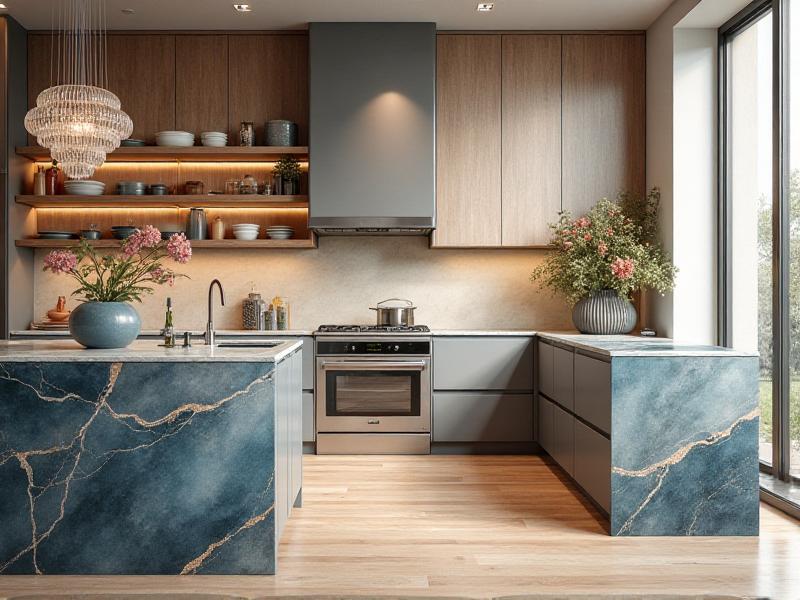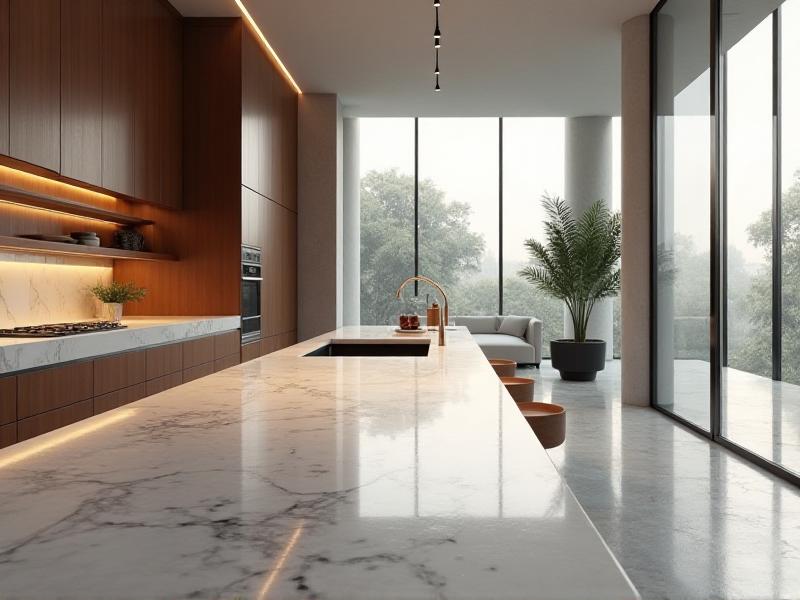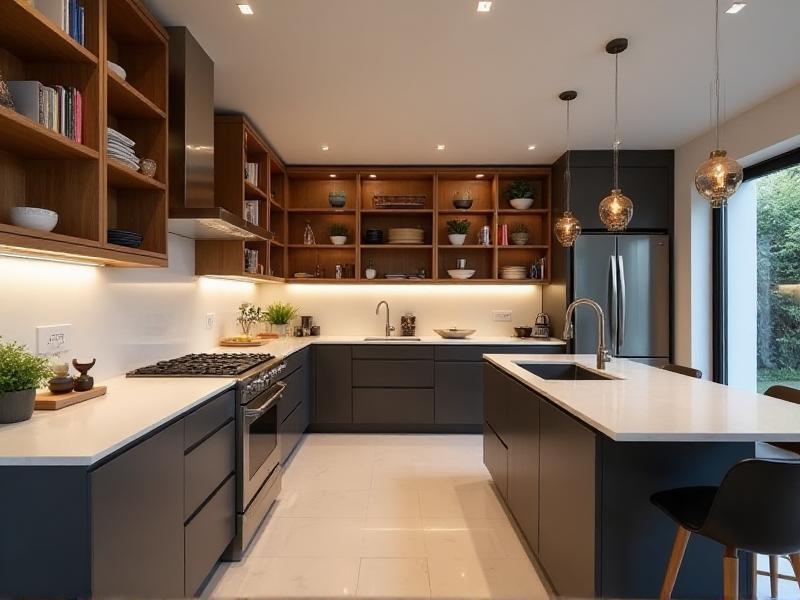The Ultimate Guide to Kitchen Backsplashes: Design Ideas and Tips
Why Kitchen Backsplashes Matter

Kitchen backsplashes are more than just a functional element in your kitchen; they are a design statement. They protect your walls from spills, splatters, and stains, but they also offer an opportunity to inject personality and style into your cooking space. Whether you're renovating your kitchen or building a new one, choosing the right backsplash can elevate the entire room. From classic subway tiles to bold patterns, the options are endless. This guide will walk you through everything you need to know to make the best choice for your kitchen.
Popular Backsplash Materials
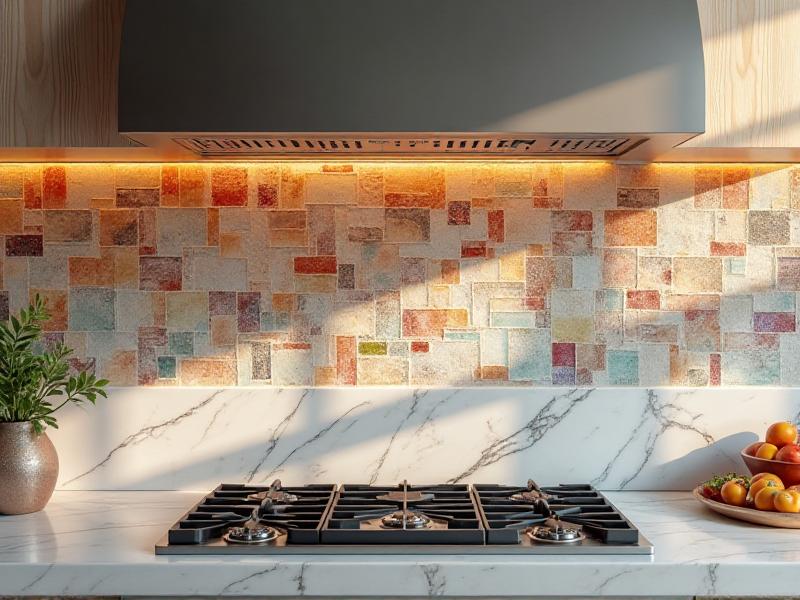
When it comes to kitchen backsplashes, the material you choose can make a huge difference in both aesthetics and functionality. Ceramic and porcelain tiles are popular for their durability and versatility. Glass tiles offer a sleek, modern look and are easy to clean. Natural stone, such as marble or granite, adds a touch of luxury but requires more maintenance. Metal backsplashes, like stainless steel or copper, are durable and resistant to heat, making them ideal for busy kitchens. Each material has its pros and cons, so consider your lifestyle and design preferences when making a decision.
Color and Pattern Trends
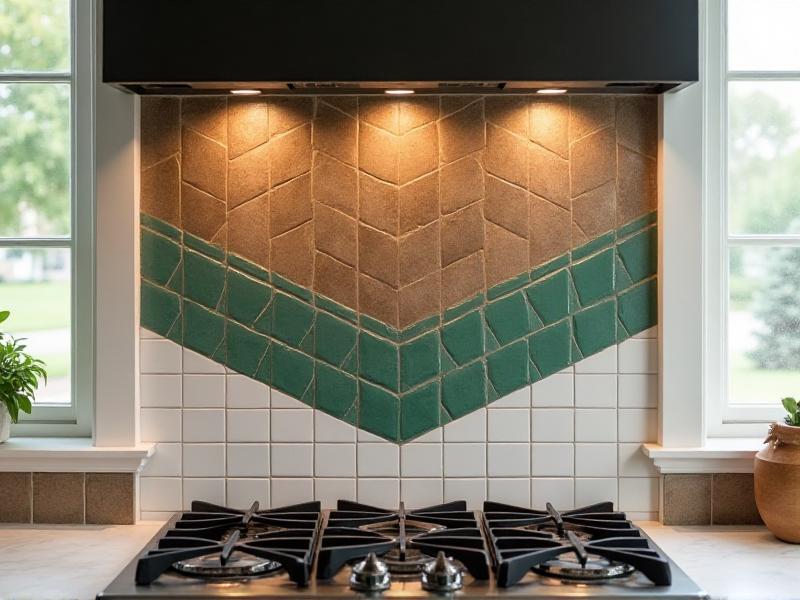
Color and pattern play a crucial role in the overall look of your kitchen backsplash. Neutral tones like white, gray, and beige are timeless and versatile, allowing you to change your kitchen's decor without redoing the backsplash. Bold colors like navy blue, emerald green, or even black can make a dramatic statement. Patterns, such as herringbone, chevron, or geometric designs, add visual interest and can be used to create a focal point. Mixing and matching colors and patterns can also result in a unique, personalized look.
Tile Shapes and Layouts
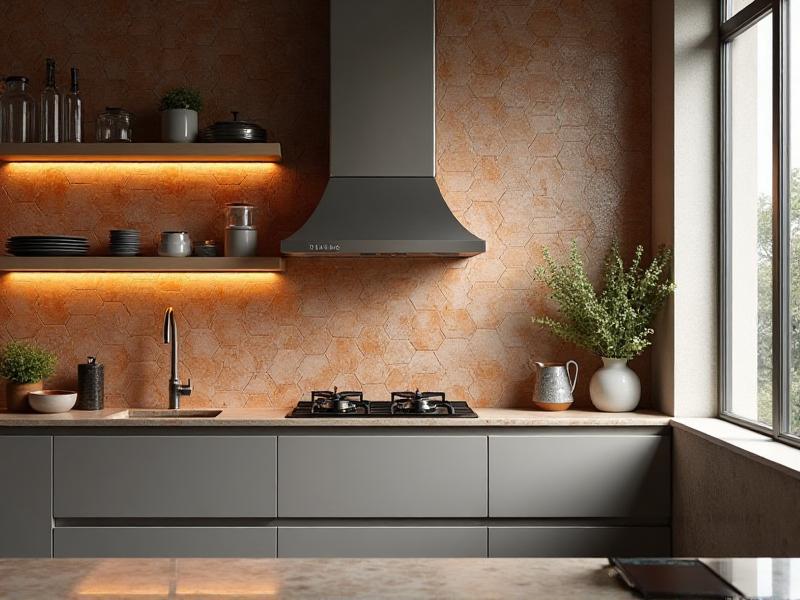
The shape and layout of your tiles can significantly impact the overall aesthetic of your kitchen backsplash. Subway tiles laid in a classic brick pattern are a perennial favorite, but you can also experiment with vertical or herringbone layouts for a modern twist. Hexagonal, arabesque, or fish-scale tiles add a unique, artistic touch. Larger tiles can make a small kitchen appear more spacious, while mosaic tiles can create intricate designs. The key is to choose a layout that complements your kitchen's style and enhances its functionality.
Budget-Friendly Backsplash Ideas
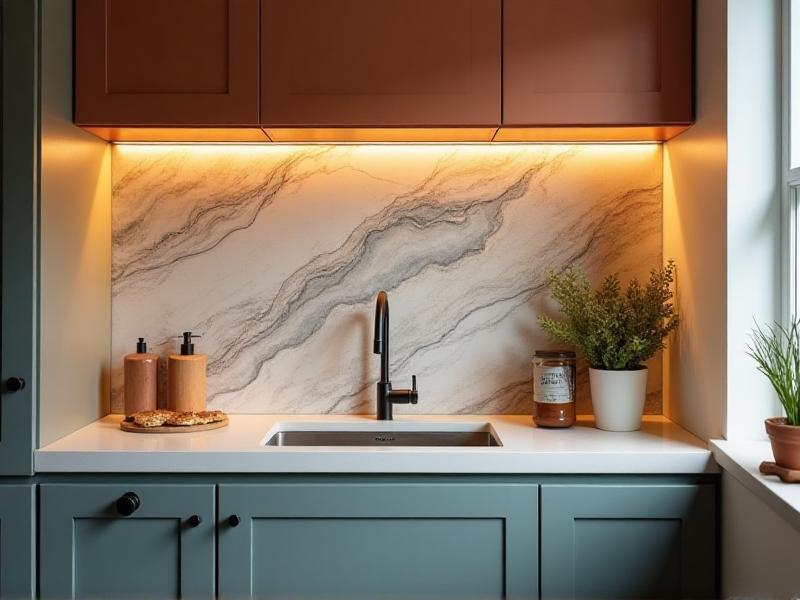
You don't have to break the bank to have a stunning kitchen backsplash. Peel-and-stick tiles are an affordable and easy-to-install option that comes in a variety of styles and colors. Painted backsplashes are another cost-effective solution that allows for endless customization. If you're on a tight budget, consider using a single material or color to keep costs down while still achieving a cohesive look. You can also mix high-end materials with more affordable ones to create a balanced design that fits your budget.
DIY vs. Professional Installation
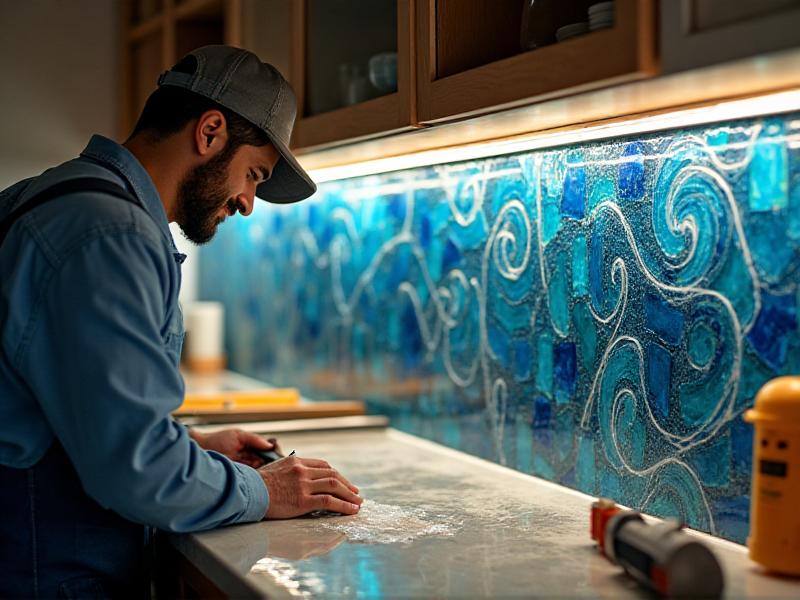
Deciding whether to install your kitchen backsplash yourself or hire a professional depends on your skill level and the complexity of the project. DIY installation can save you money and give you a sense of accomplishment, but it requires time, patience, and the right tools. Professional installation ensures a flawless finish and can save you from costly mistakes. If you're considering a complex design or using delicate materials like glass or natural stone, it's often worth investing in a professional to get the job done right.
Maintenance and Cleaning Tips
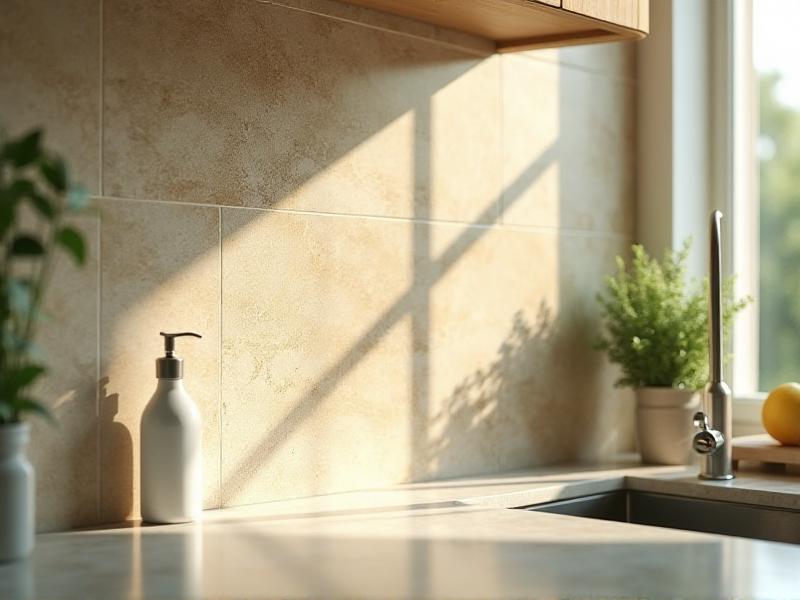
Keeping your kitchen backsplash clean and well-maintained is essential for preserving its beauty and functionality. Regular cleaning with a mild detergent and a soft cloth is usually sufficient for most materials. Avoid abrasive cleaners that can scratch or damage the surface. For natural stone backsplashes, use a pH-neutral cleaner and seal the surface periodically to prevent staining. Glass and metal backsplashes are relatively low-maintenance and can be wiped down easily. By following these simple tips, you can ensure that your backsplash remains a standout feature in your kitchen for years to come.
Key Takeaways
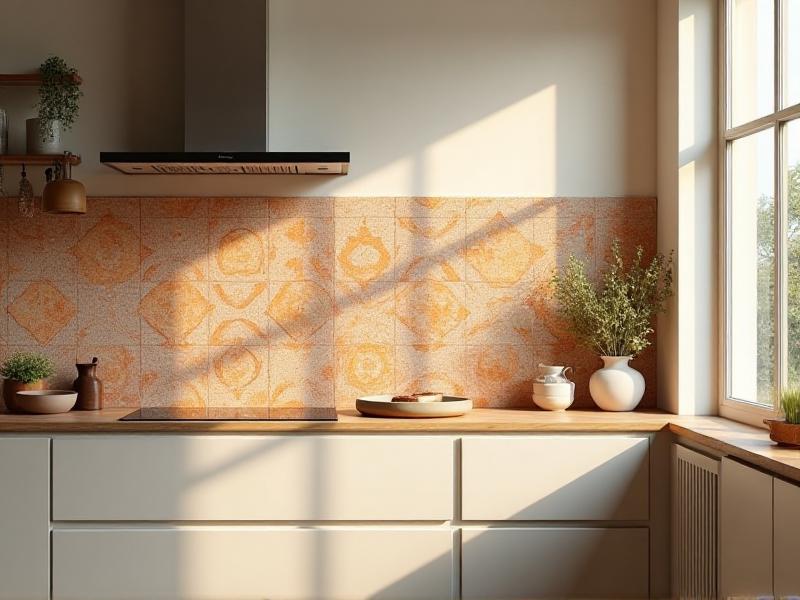
1. Kitchen backsplashes are both functional and decorative, protecting your walls while adding style to your kitchen.
2. Popular materials include ceramic, glass, natural stone, and metal, each with its own set of pros and cons.
3. Color and pattern trends range from neutral tones to bold statements, offering endless design possibilities.
4. Tile shapes and layouts can dramatically impact the overall look of your backsplash, so choose wisely.
5. Budget-friendly options like peel-and-stick tiles and painted backsplashes can help you achieve a stunning look without overspending.
6. Consider your skill level and the complexity of the project when deciding between DIY and professional installation.
7. Regular maintenance and proper cleaning are essential for keeping your backsplash looking its best.
Frequently Asked Questions
Q: What is the most durable material for a kitchen backsplash?
A: Ceramic and porcelain tiles are among the most durable options, offering resistance to heat, moisture, and stains.
Q: Can I mix different materials for my backsplash?
A: Yes, mixing materials can create a unique and personalized look, but make sure they complement each other in terms of color and texture.
Q: How often should I clean my backsplash?
A: Regular cleaning, at least once a week, is recommended to keep your backsplash looking fresh and free from stains.
